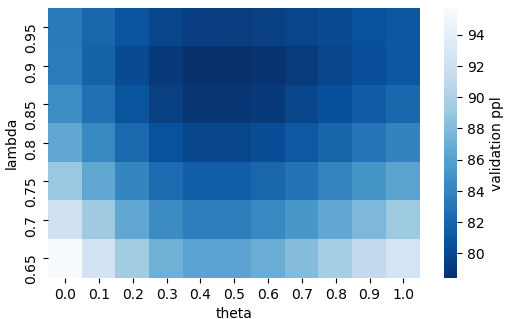Structured Pruning of Large Language Models
Ziheng Wang, Jeremy Wohlwend, Tao Lei
Machine Learning for NLP Long Paper

You can open the pre-recorded video in a separate window.
Abstract:
Large language models have recently achieved state of the art performance across a wide variety of natural language tasks. Meanwhile, the size of these models and their latency have significantly increased, which makes their usage costly, and raises an interesting question: do language models need to be large? We study this question through the lens of model compression. We present a generic, structured pruning approach by parameterizing each weight matrix using its low-rank factorization, and adaptively removing rank-1 components during training. On language modeling tasks, our structured approach outperforms other unstructured and block-structured pruning baselines at various compression levels, while achieving significant speedups during both training and inference. We also demonstrate that our method can be applied to pruning adaptive word embeddings in large language models, and to pruning the BERT model on several downstream fine-tuning classification benchmarks.
NOTE: Video may display a random order of authors.
Correct author list is at the top of this page.
Connected Papers in EMNLP2020
Similar Papers
Grounded Compositional Outputs for Adaptive Language Modeling
Nikolaos Pappas, Phoebe Mulcaire, Noah A. Smith,

On the Sparsity of Neural Machine Translation Models
Yong Wang, Longyue Wang, Victor Li, Zhaopeng Tu,

On the importance of pre-training data volume for compact language models
Vincent Micheli, Martin d'Hoffschmidt, François Fleuret,

Optimus: Organizing Sentences via Pre-trained Modeling of a Latent Space
Chunyuan Li, Xiang Gao, Yuan Li, Baolin Peng, Xiujun Li, Yizhe Zhang, Jianfeng Gao,
